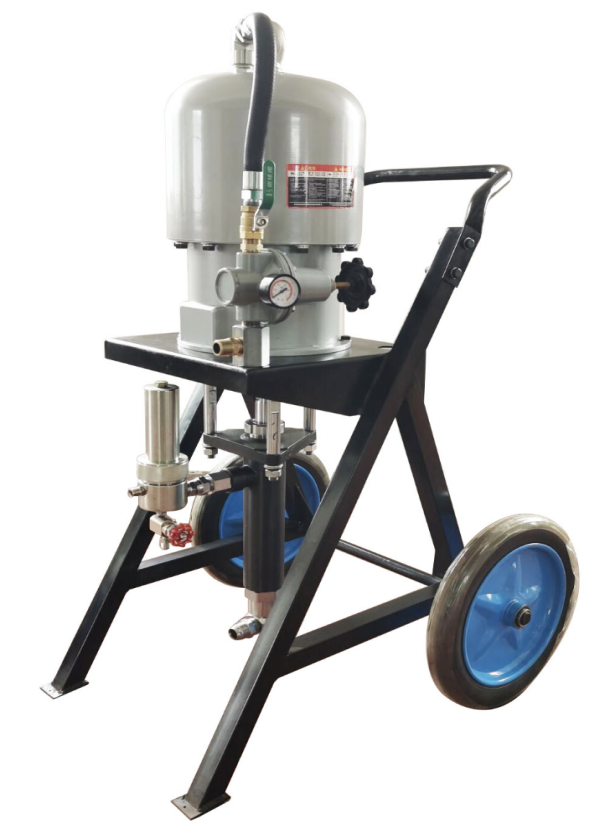Selecting the appropriate airless paint sprayer for various coatings involves considering several factors. Here’s a detailed guide to help you choose the right sprayer based on different coating requirements:
1. Coating Types
Different coatings have varying requirements for airless paint sprayers:
- Water-based Coatings: These coatings are water-based and dry quickly, so you need a sprayer that can handle low-viscosity liquids.
- Oil-based Coatings: These coatings are oil-based and have a higher viscosity, so the sprayer needs to have strong pumping capabilities.
- High Solid Coatings: With high solid content, these coatings require a sprayer with a larger nozzle and sufficient pressure.
- Latex Paint: Latex paint has moderate viscosity, so the sprayer should be capable of delivering a consistent spray.

2. Types of Airless Paint Sprayers
Different types of airless paint sprayers are suited for different coatings:
- Airless Paint Sprayers: Suitable for most water-based and oil-based coatings, these are simple to operate and ideal for small to medium-sized projects.
- High-Pressure Airless Sprayers: These sprayers use high pressure to expel paint and are suitable for high-viscosity coatings and large surface areas, including oil-based and latex paints.
- Electric Airless Sprayers: Typically used for water-based coatings and lighter oil-based paints, these sprayers are ideal for home use and small projects.
- Pneumatic Airless Sprayers: Efficient and suitable for various coatings, these are particularly good for industrial applications requiring high-quality finishes.
3. Nozzles and Spray Guns
The choice of nozzles and spray guns affects the spraying results:
- Nozzle Size: Larger nozzles are suitable for high-viscosity coatings, while smaller nozzles are ideal for low-viscosity paints.
- Spray Gun Type: Different spray gun designs cater to specific spraying needs. For example, HVLP (High Volume Low Pressure) guns are great for fine spraying, while Airless guns are better for large areas.

4. Power and Pressure
- Power: Higher power sprayers can handle a broader range of coatings and higher viscosities.
- Pressure: The sprayer’s pressure must meet the requirements for the coating being used. For example, high-pressure airless sprayers are necessary for high-solid coatings.
5. Maintenance and Cleaning
Different coatings have different cleaning requirements:
- Water-based Coatings: Easier to clean; typically, water is sufficient to clean the sprayer.
- Oil-based Coatings: Require solvents for thorough cleaning, so the sprayer should be easy to disassemble and clean.
6. Usage Environment
Consider the environment where the sprayer will be used:
- Indoor Use: Choose a sprayer with lower noise levels and ease of operation.
- Outdoor Use: Select a durable sprayer that can withstand weather conditions.
